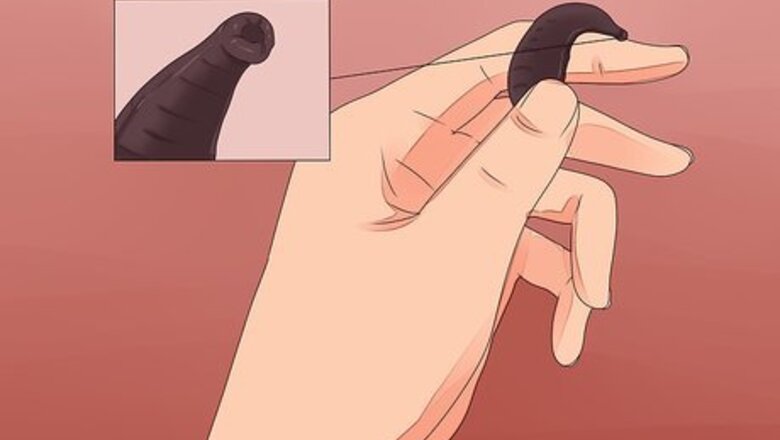
views
X
Research source
Removing a Leech
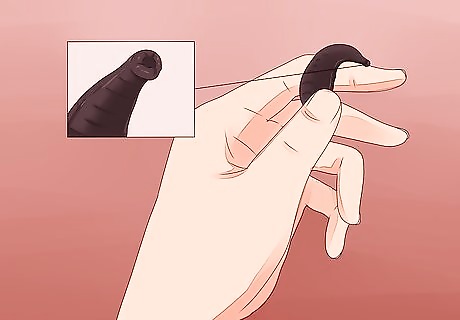
Locate its head and sucker. The head is the narrower part of the leech, and the sucker where it attaches to your skin. If the leech is located on one of your arms, legs, your torso, or another easily accessible area, you should be able to remove it yourself. Otherwise, you'll need someone else to help you take it off. If you find one leech, you should check your entire body to see if there are more. Leeches inject an anesthetic into your skin when they sink their teeth in, so their bites are painless. You may not be able to feel the presence of other leeches elsewhere on your body. Remember that leeches aren't poisonous and they don't carry diseases, so don't panic when you find one. Leeches are usually quite easy to remove and won't cause any long-term harm.
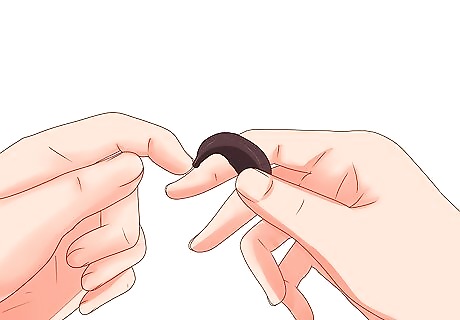
Slide your fingernail under the sucker. Use one hand to gently pull the skin near the sucker taught, then place your other hand next to the leech and slide one of your fingernails underneath the sucker. The leech will immediately begin attempting to reattach itself, so flick it off right away. Do not yank off the leech, since this will leave its sucker attached to your body. If you're squeamish about using your fingernail to remove the leech, you can use the edge of a credit card, a sturdy piece of paper or any other thin object instead.
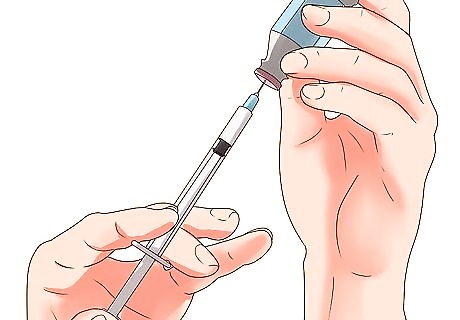
Treat the open wound. When leeches latch on, they inject an anticoagulant to prevent the blood from clotting before they can get their fill. When you remove a leech, it might bleed for several hours or even days before the anticoagulant leaves your system. Be prepared for the sight of profuse bleeding when you take the leech off. Cleanse the open wound with rubbing alcohol or another first aid cleansing solution, then apply a bandage to protect it. Since the bleeding might take a while to stop, you should change the bandage regularly. It's important to treat the area as you would any open wound, especially if you're hiking around in a jungle. Open wounds are more susceptible to getting infected in jungle environments. Expect the wound to itch while it heals.
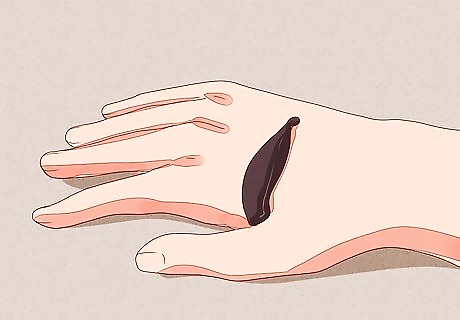
Consider letting leeches fill up and drop off. If you can stand it, an easy way to get rid of a leech is by letting it drop off on its own. It takes around 20 minutes for a leech to fill up, and when it's done feeding it will fall off your skin. Leeches don't take enough blood for blood loss to be a worry here, and since they don't spread disease, there's really no harm in letting them fall of without intervening. The practice of letting leeches feed on human blood for medical purposes has been done for thousands of years, and "leech therapy" continues to be medically important. The FDA has approved the use of leeches to help with circulation problems and to aid in tissue reattachment
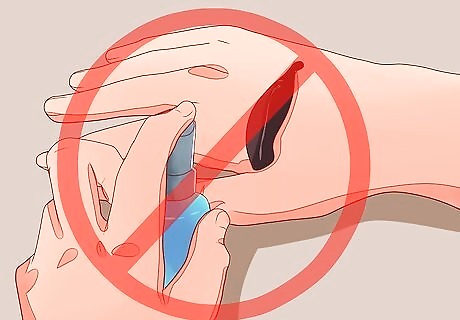
Avoid removing leaches by any other means. You might have heard that you can remove a leech by pouring salt on it, burning it, spraying it with repellant or drowning it in shampoo. While these techniques might cause the leech to release its grip and fall off, it won't do so before vomiting back into the wound. This can lead to bad infections, so stick to the healthier practice of simply using a fingernail or other straightedge to get under the sucker.
Dealing With Difficult Leeches
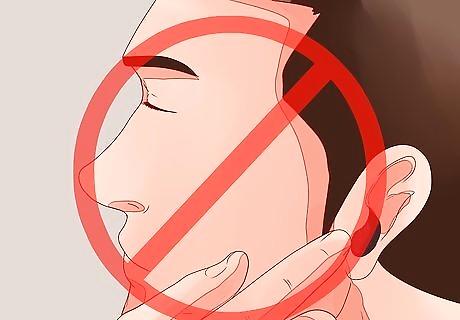
See how deeply the leech has burrowed. Sometimes leeches find their way into orifices, like the nostrils, ear canals and mouth. This is especially common when you're swimming among leeches. When this happens, it can be difficult to reach the sucker and use the simple leech removal method. Do your best to remove it the easy way before trying alternative methods. See if someone can help you slide something under the sucker. Be very careful not to poke yourself, though. Do not use this method if you can't see the sucker. You can try to let the leech finish sucking and fall off, but if it's inside a tiny space it might get too big and cause problems.
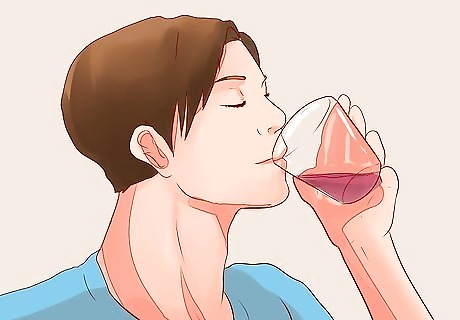
Use alcohol if it's in your mouth. If the leech has attached itself to the inside of your mouth, you might be able to cause it to fall off by rinsing your mouth with vodka or another strong alcohol. Rinse it around your mouth for about 30 seconds, then spit. Check to see if the leech is gone. If you don't have alcohol on hand, hydrogen peroxide may also work. If the leech is still there after you spit, and doesn't fall off on its own, you need to seek medical attention.
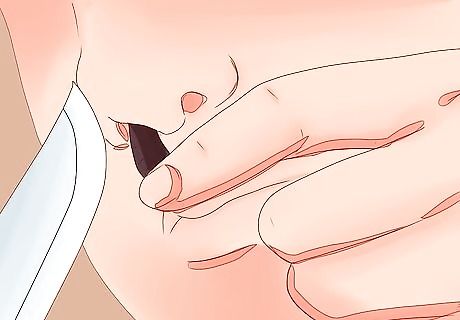
Puncture the leech if it's getting too big. If you're in a remote area and don't have immediate access to a doctor, you might need to puncture the leech. Hopefully you will have been able to remove it via another method, but if it's in a really tricky place, like your nostril, you might need to pop the leech before it obstructs your breathing. To do this, take a sharp knife and simply pop through the skin. It's not going to be pretty, but the leech will die and you should have an easier time getting to the sucker. Remove the leech's body and immediately wash the area. If signs of infection occur, seek medical attention as soon as possible.

Get medical attention if it can't be removed. If you have a leech far up your nose, in your ear canal or in another place that's impossible to reach, go to the doctor to get it removed. The doctor will be able to use instruments to remove the leech without hurting you.
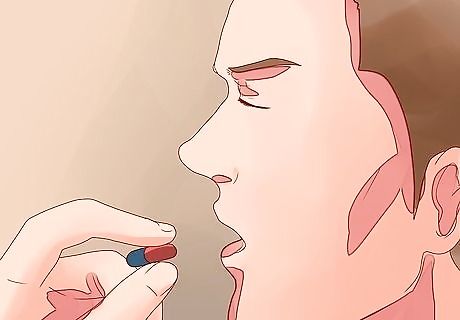
Get treated immediately if you show signs of a leech allergy. Few people are allergic to leeches, but it does happen. If you experience dizziness, a rash, shortness of breath or swelling, take an antihistamine (such as Benadryl) and seek medical attention right away.
Keeping Leeches Off Your Skin
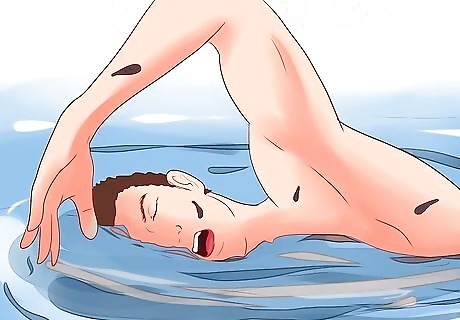
Be wary when you're in areas known for having leeches. Land leeches are common in the jungles of Africa and Asia, and they're also found in freshwater lakes and ponds across the world. If you're planning a trip to a place known for having leeches, bring the right gear with you to minimize the chances that you'll get bitten. Land leeches tend to live in muddy and leafy areas in the jungle. If you stand in one place long enough, they'll start crawling toward you. Try to avoid touching trees and plants, and check yourself often for leeches. Water leeches are attracted to movement, so splashing around and swimming might put you at greater risk.

Wear long sleeves and pants. Leeches are attracted to the exposed skin of warm-blooded animals. Wearing long sleeves and pants will protect you from getting bitten, although you'll probably find leeches trying to get through the fabric. If you're especially concerned about getting bitten, wear gloves and a head covering so that no skin is left exposed. Wear close-toed shoes instead of sandals. If you're planning a longer jungle expedition, it's worth investing in a pair of leech-proof socks.
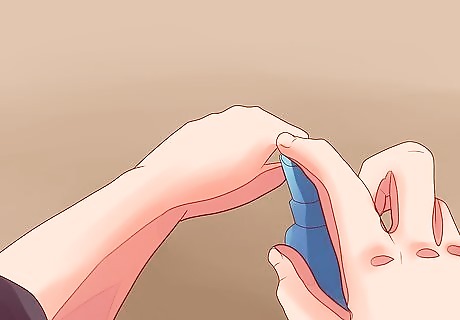
Use insect repellent. While this isn't a foolproof measure for avoiding leeches, it'll prevent them from piling on. Spray your skin and clothes with a standard insect repellent, and reapply it every few hours while you're in a leech-infested area. Here are a few other tricks you can try to repel them: Put loose tobacco in your socks. It's said that leeches don't like the smell. Rub soap or detergent on your hands and clothes.














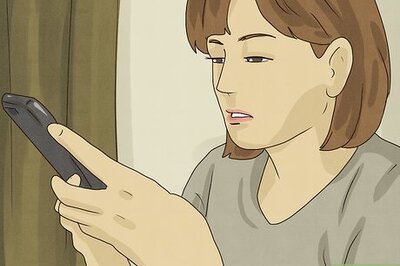
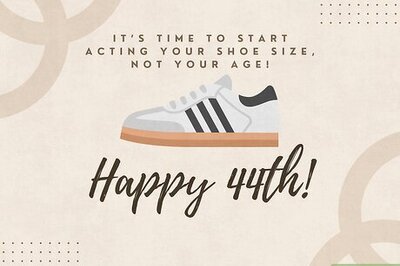
Comments
0 comment